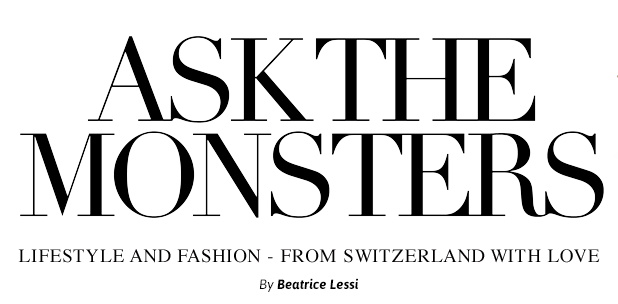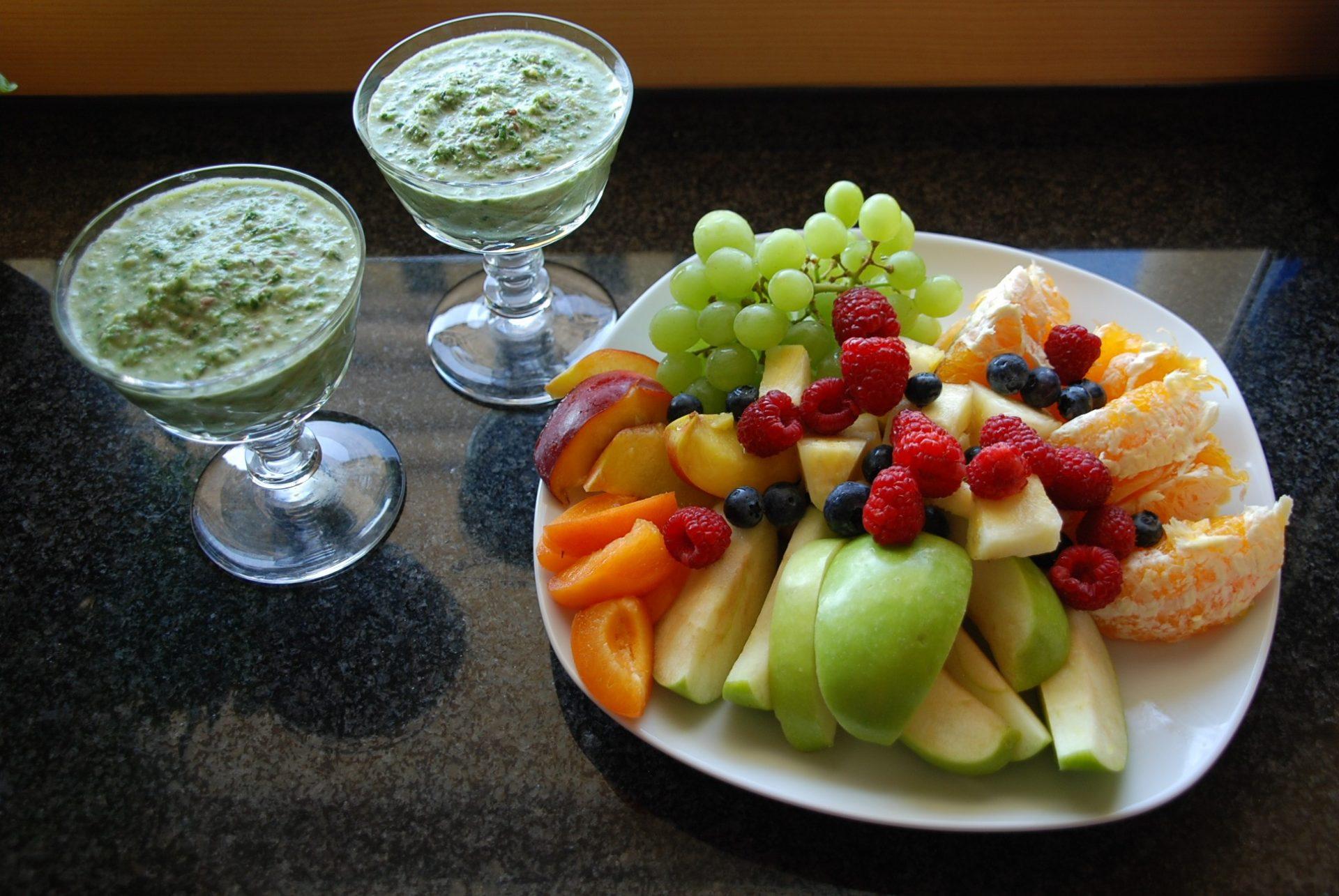New Rule: Three Colors
Vegetarian, vegan or flexitarian? Glucose or lactose free? How to decide? There is so much information out there today on nutrition and healthy eating that it is impossible to absorb it all, let alone figure out what is right for you.
Superfoods are the new fad, but what are they exactly? Most of us think that pizza is pretty super, but it doesn’t even make the bottom of the list.
The term ‘superfood’ is actually a marketing term used to describe foods with supposed health benefits. Cancer Research UK notes that superfoods are often promoted as having an ability to prevent or cure diseases, including cancer, but they caution, “you shouldn’t rely on so-called ‘superfoods’ to reduce the risk of cancer. They cannot substitute for a generally healthy and balanced diet”.
The Dutch food safety organization Voedingscentrum, presented some health claims that marketers use in selling many so-called superfoods such as goji berry, hempseed, chia seeds, and wheatgrass and notes that such claims are not scientifically proven. Even blueberries, which are very commonly claimed as having a high dose of antioxidants when the berries are examined in the lab, have been shown that any antioxidant effect is not conserved after the plant is consumed.
And many of these products come from overseas, so what do we know about the cultivation, handling and packaging of these foods? Are the standards up to that of the EU? Do they use pesticides, chemicals or preservatives? And is there child labor involved?
We may never get a straight answer to these questions, so let’s play it safe and use only one rule for a healthy diet. Eat a large variety of local foods. Period.
Almost everyone in Europe has access to a local vegetable shop. We have one in our village and the food comes from their greenhouses out back and the fields where I make my daily training runs. And you don’t have to stick to just the carrots, cukes and potatoes that you were brought up on. Try something new! They usually have a selection which varies every season, so grab a few sweet potatoes, a kale plant and some black salsify (Schwarzwurzel) and do a quick Google search for recipes! Then follow this simple guideline: three colors on your plate. At every meal.
The different colors in foods provide varying health benefits. Naturally each specific food item has its own composition of vitamins and minerals but here is a general rule of thumb for colors*:
Orange
Orange foods such as carrots, pumpkin, sweet potatoes, squash, and cantaloupe, include a plant compound known as carotenoids. Carotenoids include beta-carotene, which is converted into vitamin A in the body. Vitamin A has many roles within the body: it helps support the function of white blood cells (which is important for a healthy immune system), promotes bone growth, and helps to regulate cell growth and division. Vitamin A and two other types of carotenoids, lutein and zeaxanthin, are also important for healthy vision. And we all know that our carrot-loving rabbit friends have great eyesight!
Red
Also a carotenoid, lycopene is found in red foods such as tomatoes and tomato products, watermelon, and grapefruit. The main benefit of lycopene is the maintenance of prostate health.
Green
Dark green vegetables are in my opinion the best food on the planet… Popeye’s secret was not weight-lifting but spinach! So in addition to broccoli, collard greens, and romaine lettuce, try some bok choy, mesclun, turnip greens, kale, or watercress. Included in the long list of nutrients found in these veggies are potassium, dietary fiber, folate, vitamin A, vitamin E, and vitamin C.
Blue, Purple, Crimson, Brown
Berries, cherries, red grapes, red wine (yes!), dark chocolate (double yes!), cocoa and some teas are good sources of flavonoids. Flavonoids are beneficial to our health because they may contribute to the maintenance of proper brain function and blood flow.
Tan
Whole wheat breads, cereals, and pastas that are higher in fiber are usually tan in color. The insoluble fiber found in wheat bran, corn bran, fruit and vegetable skins, and whole grains may contribute to the maintenance of a healthy digestive tract and reduce the risk of some types of cancer and coronary heart disease.
White
Milk, yogurt, and some cheeses are packed with vitamin D, calcium, and phosphorus. These vitamins and minerals aid in bone health and may help us maintain a healthy body weight. Yogurt also contains probiotics, which are bacteria that confer a health benefit, like promoting digestive health or supporting immune function.
This three-color rule is also great for kids…it becomes a fun game for them to find something green to add to that plate of spaghetti bolognese…and mom is happy too. A win-win!
Source: Food in Sight












